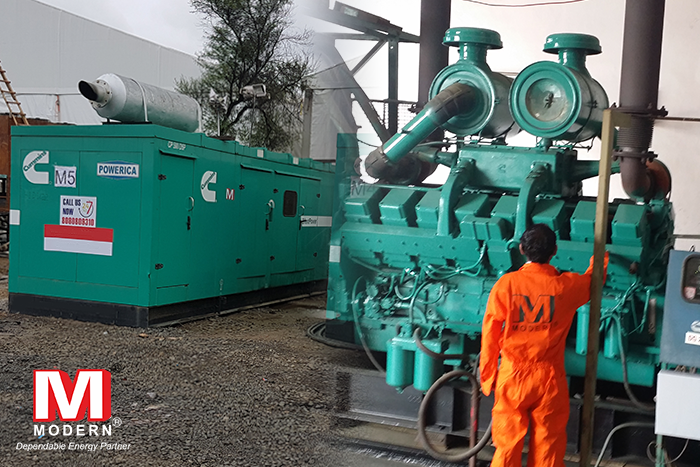
14
Jul
Natural Gas Generator Maintenance: How to be prepared
Would you choose to take medication to cure colds or medication to prevent them if you realized you would be in a setting where catching a cold was likely? You would want to avoid them, of course! The same holds true for a natural gas generator’s upkeep. Natural gas generators need maintenance to be in good working order and to avoid failures, despite their 10,000–30,000 hour lifespan.
WEEKLY
- Run the generator to make sure it functions properly and that no alerts or warning signs are present.
- Verify the fuse box is shut, that the fuel level is correct, and that no fluid is dripping.
- To start the generator automatically, make sure it is in “Auto” mode.
MONTHLY
- Check the battery charger, oil, and engine coolant levels.
- Regular visual examination is necessary to make sure that everything is in working order and that the generator and its surrounds are sanitary
BI-ANNUAL
- Check the air induction piping and connections, the enclosure, the drive belts, the coolant heater, the exhaust system, the DC electrical grid, and the AC wiring and accessories.
- Check the wires, connections, specific gravity, and electrolyte level in the battery.
- Look for leaks in the gasoline, oil, or coolant lines, including the hoses and connections.
- Clean and inspect the air purifier devices.
ANNUAL
- Oil filter replacement is done along with gasoline, air, and fuel filter replacement.
- Replace your spark plugs.
- Crankcase Breather: Clean it.
- Test the load banks while flushing the cooling system.
- Examine the coolant’s concentration
You can assure the long life of your natural gas generator as well as your piece of mind by using this simple checklist. The fuel system, cooling unit, lubrication system, blower motor, starter system and alternator should all have been examined and maintained as needed before the end of the year.

